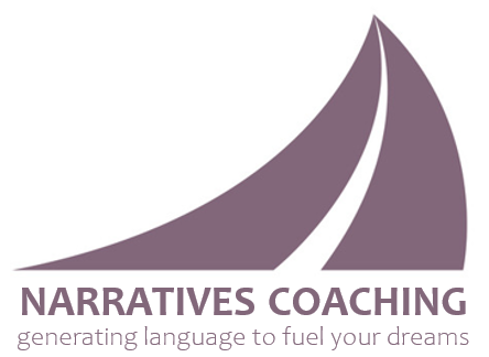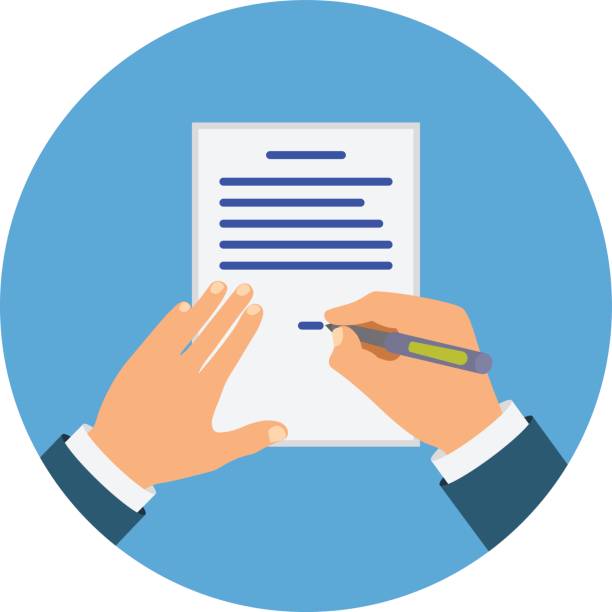Self-directed Wellbeing begins with a declaration,
or it doesn’t begin at all!
Self-directed wellbeing is defined as the capacity, resources and skills necessary to manage all areas of one’s life without significant assistance from another person, institution, or agency. To avoid any misunderstanding, there’s a similar-sounding movement called Mental Health Self-direction that focuses on helping people with mental illness or other impairments to live in a way that’s demonstrably self-directed; you can learn more about that here. Our topic of Self-directed Wellbeing is derived from the Substance Abuse and Mental Health Services Agency’s (SAMHSA) definition of recovery, which states:
“Recovery is a process of change through which individuals improve their health and wellness, live self-directed lives, and strive to reach their full potential.”
To support this definition along with their core mission (“reduce the impact of substance abuse and mental illness on America’s communities”), SAMHSA created their 8 Dimensions of Wellness as a holistic guide to achieve health and wellness. The SAMHSA Wellness Guide can be found here, and contains enough prescriptive guidance to help individuals move towards self-sufficient independence across the following eight dimensions: emotional, physical, occupational, intellectual, financial, social, environmental, and spiritual. SAMHSA believes the eight dimensions are interconnected and, when taken together, determine how well we live our lives and how we experience joy, health and fulfillment.
It’s prudent at this point to touch upon recovery goals and desired outcomes. While everyone is different and free to choose their own path, including their own definition of recovery and what specific goals or outcomes they desire, SAMHSA points to recovery as the primary objective for someone seeking freedom from the shackles of substance use or addiction disorders. Debate continues on whether sobriety, as defined by 12-step programs, is the optimal or only viable form of recovery; note SAMHSA doesn’t mention sobriety as an outcome or condition of recovery. Instead, they suggest recovery is a process of change, targeting the 8 dimensions.
While the eight dimensions are a good bellwether to predict and measure one’s progress, I believe there’s a critical component missing – one that underpins all dimensions and is the primary indicator of success or failure; this is where my 3 Laws of Wellbeing surface. These 3 Laws are:
1) You are exactly who you think and say you are,
2) your life is exactly what you think and say it is, and
3) what you think and say is a story which can be rewritten.
These 3 Laws are immutable – ALWAYS – and apply to everything – your life, recovery, relationships, career success, and even how you describe yourself to others. I’ve written what I hope is an informative and thought-provoking article, detailing WHY 3 Laws, WHAT specifically they mean, HOW they work in all areas of your life, and HOW best to apply them in a meaningful way using the power of declarative language. I’ve also provided examples of the power differential between descriptive language and declarative language using one of the eight dimensions of SAMHSA’s Wellness Initiative – Emotional Wellbeing.
Here’s my white paper on The 3 Laws of Wellbeing – I hope you enjoy reading and find this beneficial. If you need help creating your own language or are struggling with breaking out of your descriptive language habits, just reach out and I’ll help get you unstuck!

